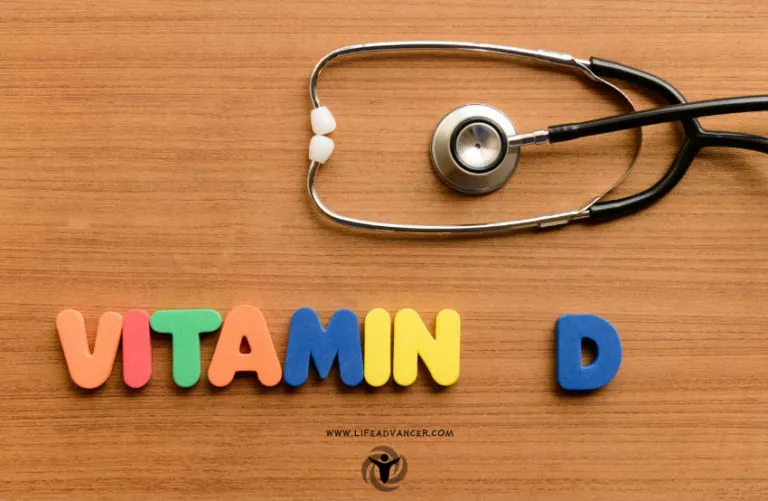Is the soup you boiled for dinner too bland? If you are looking for ways to improve your cooking, you probably know about acidity regulators in foods.
Acidity regulators in foods, or food additives, are the compounds that enhance the tastes of our favorite dishes. You’ve probably heard about how dangerous they are.
You will want to know about the commonly used and harmful ones. We have some answers.
What are Acidity Regulators in Foods
Food manufacturers add acidity regulators (food additives or pH control agents) to food to maintain pH levels. These can be mineral acids, organic compounds, or neutralizing agents. They preserve foods and enhance their appearance.
Common regulators include ascorbic (Vitamin C), acetic, propionic and benzoic acids. An E in front of their numbers indicate that they are acids.
Note that these are different from acidulants, which sour the flavor of food. These mainly serve as preservatives.
Benefits and disadvantages of Acidity Regulators in Food
A distinct advantage of acidity regulators is that they improve the taste of our dishes. These additives also promote their longevity.
However, they may have undesired adverse effects. Many of these are harmful when consumed in large doses, e.g., too much salt can cause hypertension.
Some of these additives may affect us even when they are in small amounts, e.g., Tartrazine can cause severe allergic reactions in asthmatics.
The Most Used Acidity Regulators in Foods and their Side Effects
So, what are some of the conventional additives used in the food industry? How do they affect us?
1. Artificial Sweeteners
If you add NutraSweet or Equal to your coffee, tea, or cake mix, you are familiar with artificial sweeteners. You will find these in foods that have no sugar.
The scientific name given to these is Aspartame. Researchers have suggested an urgent evaluation of this compound because of its cancer-causing risk. They have produced statistics regarding its carcinogenic effects.
Since Aspartame is a neurotoxin, it can trigger disorders like lymphoma, migraines, sclerosis, mental confusion, fibromyalgia, and chronic fatigue. It also has a link with kidney tumors.
2. High Fructose Corn Syrup
HFCS is also an artificial sweetener. It is the primary source of calories for overweight individuals in the United States. You will find it in processed foods, and it adds weight faster than other food additives.
Therefore, it contributes to cholesterol levels. This study on rats shows that it causes obesity.
3. Monosodium glutamate
MSG enhances soups, chips, salad dressings, and entrees. Consuming it may cause confusion, eye damage, headaches, fatigue, and obesity. It prompts the brain to ignore the ‘I’m full” feeling.
This study on rats highlights that too much consumption of it causes impaired brain function.
4. Trans Fat
Food manufacturers use trans fat to enhance the taste of puff pastries. It is one of the most dangerous acidity regulators in foods. You will find it in many hydrogenated oils.
Research proves that it decreases HDL (good cholesterol), therefore increasing the risk of heart attacks and inflammation.
5. Food colorings
These may make desserts and soft drinks attractive but can cause severe damage, as research proves.
Common dyes like Blues One and Two can cause chromosomal damage. You will find it in soft drinks, cereal, and candy. Red dye triggers thyroid cancer cells and interferes with brain nerve transmission.
Yellow color, found in American cheeses, destroys chromosomes as well.
6. Sodium Sulfite
You will find this preservative in wines and processed food. It is the primary cause of food sensitivity. Most individuals whose bodies react strongly to this compound may have headaches, breathing problems, and rashes.
This study reveals that those who are sensitive to sodium sulfate may experience respiratory, skin, and gastrointestinal issues.
7. Sodium nitrite
This additive shows as a preservative, flavoring, and coloring, in processed meats. Though it sounds harmless, it is highly carcinogenic.
The USDA attempted to ban sodium nitrate in the 1970s, but manufacturers protested because they had no alternative for preserving food.
8. BHA and BHT
Butylated hydroxyanisole (BHA) and Butylated Hydroxytoluene (BHT) are common preservatives in cereals, vegetable oils, and potato chips.
Manufacturers add them so that food doesn’t discolor. This research shows that it affected the livers of rainbow trout.
9. Sulfur dioxide
This additive is common in beer, dried fruit, wine, potato chips, vinegar, and other products. It is responsible for many bronchial problems in persons with asthma.
This compound can send a person into anaphylactic shock, according to studies.
10. Potassium bromate
This additive increases the volume of flour and bread. Research demonstrates that it induces tumors in the nose. Furthermore, it is carcinogenic.
Are Acidity Regulators in Foods Necessary?
Manufacturers put acidity regulators in food for preservation, and this is perfectly understandable. Weather patterns and busy lifestyles entail that restore food for future use. It makes food attractive and reduces the cost of production.
However, as discussed above, these additives are harmful. Although many of them, such as lecithin in soybeans, are naturally occurring substances, they aren’t safe to consume.
Although it isn’t possible to avoid them altogether, you can reduce them in your diet. Read labels and refuse to buy products with too many of them. You will send manufacturers the message that you demand wholesome food.
In all, acidity regulators in food can have disastrous effects. However, you can substitute them with Whole Foods. A little awareness will reduce them in your diet.




